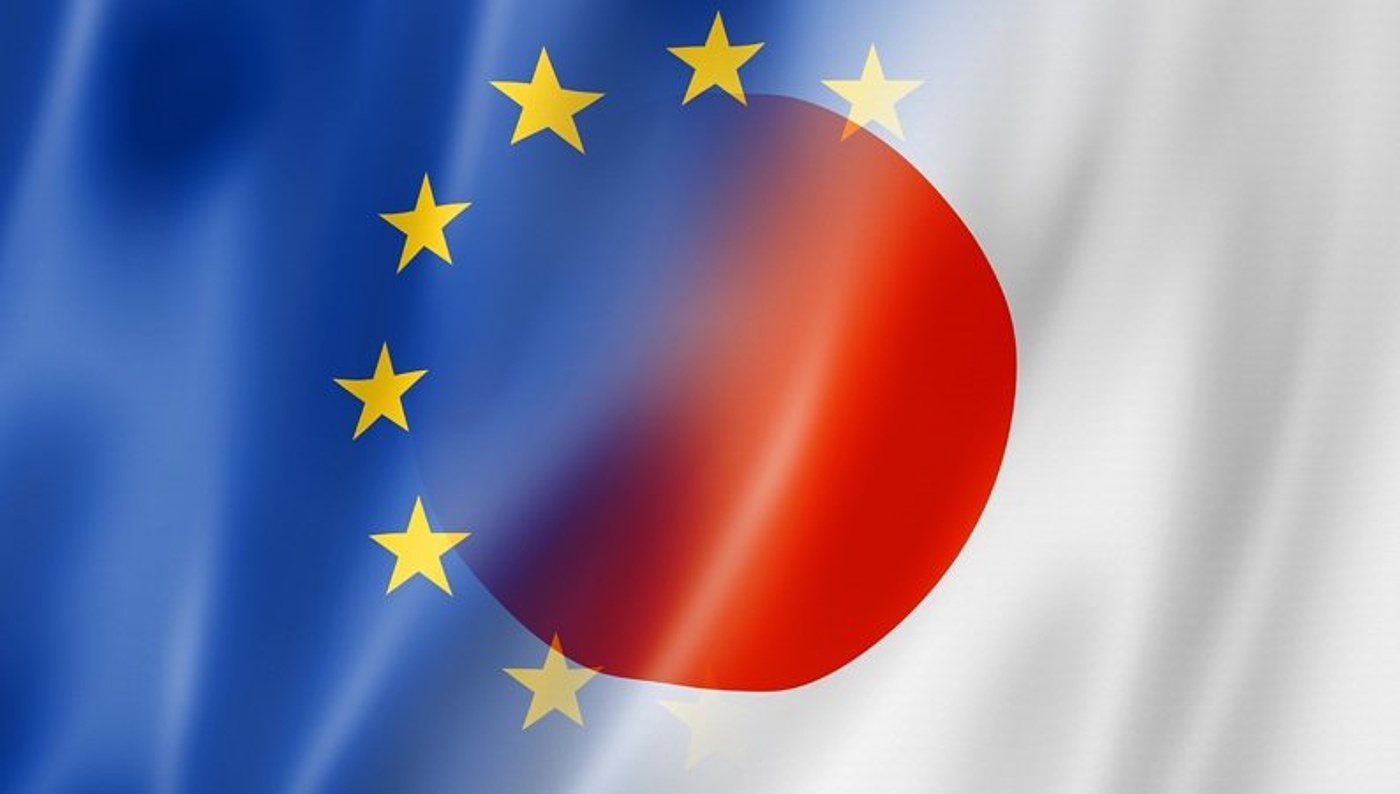
Comparison between opposition systems in Europe and Japan
Opposition procedures before the European Patent Office (EPO) and the Japan Patent Office (JPO) have enough differences to put even the most experienced professional in difficulty. With this article (available in English and Japanese), Kazuya Sekiguchi and Dr. Christian Köster point out the main differences between the two systems in an effort to help other patent attorneys better navigate these shallow waters.
Authors:
- Dr. Christian Köster (Patent Attorney, European Patent Attorney)
- Kazuya Sekiguchi (Patent Attorney, Japan, European Patent Attorney)
Opposition procedures before the European Patent Office (EPO) against European Patents granted under the European Patent Convention (EPC) have recently undergone changes which are in effect since 1 July 2016 (Official Journal EPO, 2016, A42). With these changes the EPO has introduced a streamlined opposition procedure that is intended to simplify opposition proceedings and deliver decisions faster. Also, parties shall be given more time to react to summons and prepare for oral proceedings.
In Japan, former opposition system was abolished in 2003, in order to unify the patent validity dispute-settlement system to the invalidation trial system in front of a board of appeal of the Japan Patent Office (JPO). However, the number of invalidation trial did not increased, because the lawsuit-like proceedings of invalidation trial impose a heavy burden on the parties. In addition, there were needs for the proprietor to set a stable right as early as possible (text for the revision of Japanese Patent Law 2014, published by the JPO). Therefore, an opposition system in which anyone can argue the patentability in a simpler and faster way was (re-)introduced in Japan, on 1 April, 2015.
Read the full article here (English).
欧州における異議申立制度に関して,2016 年7 月に手続に関する新たな規則が導入され,これに基づい
て手続が進められている。また,日本では2015 年4 月より異議申立制度が(再)導入され,2016 年には
1300 件を超える申立が行われた。
本稿では欧州および日本における異議申立制度の重要な点について概説し,異議申立制度を利用する際にお
ける注意点等について述べる。
欧州特許条約(EPC)の下登録された特許に対し, 欧州特許庁(EPO)において行われる異議申立の手続に関する規則の変更があり,2016年7月1 日から新しい規則が適用されている (Official Journal EPO, 2016, A42)。係る変更において,EPOは早期に異議申立の結論を導くために,より簡素化さ れかつ効率的化された手続を導入した。また,異議申 立の当事者は口頭審理の準備に関してより多くの時間 を得られることになった。
日本では,平成 15 年の法改正により,特許付与後の紛争解決の手段を無効審判に一元化することとして特許異議申立制度は廃止された。しかし,無効審判は口頭審理を原則とし,当事者の手続負担が大きいこともあり,その請求件数は異議申立制度が存続していた当時の水準にとどまっていた。一方,権利化後いつでも請求できる無効審判により,多大な投資をした後に特許を無効にされるなど,致命的な不利益を被ることがないよう,強く安定した特許権を早期に確保する必要性があった (平成26 年法律改正解説書第2章)。このような状況を踏まえ,2015年4月に特許異議申立制度が導入された。
本稿では,改訂された欧州の特許異議申立制度と, 新たに導入された日本の特許異議申立制度について, その類似点や相違点について述べる。
This article was first published in “Patent 2017, Vol. 70, No.5”, published by the Japanese Patent Attorneys Association (JPAA).
Discuss the topic in detail with the authors in our Munich office on August 3rd.
Filed in




